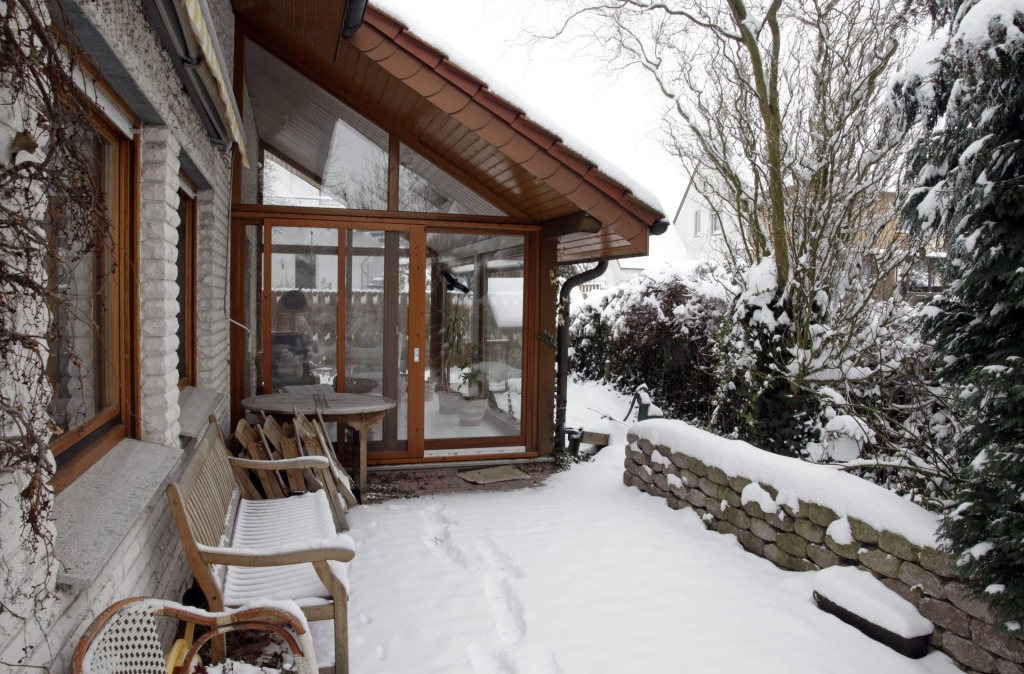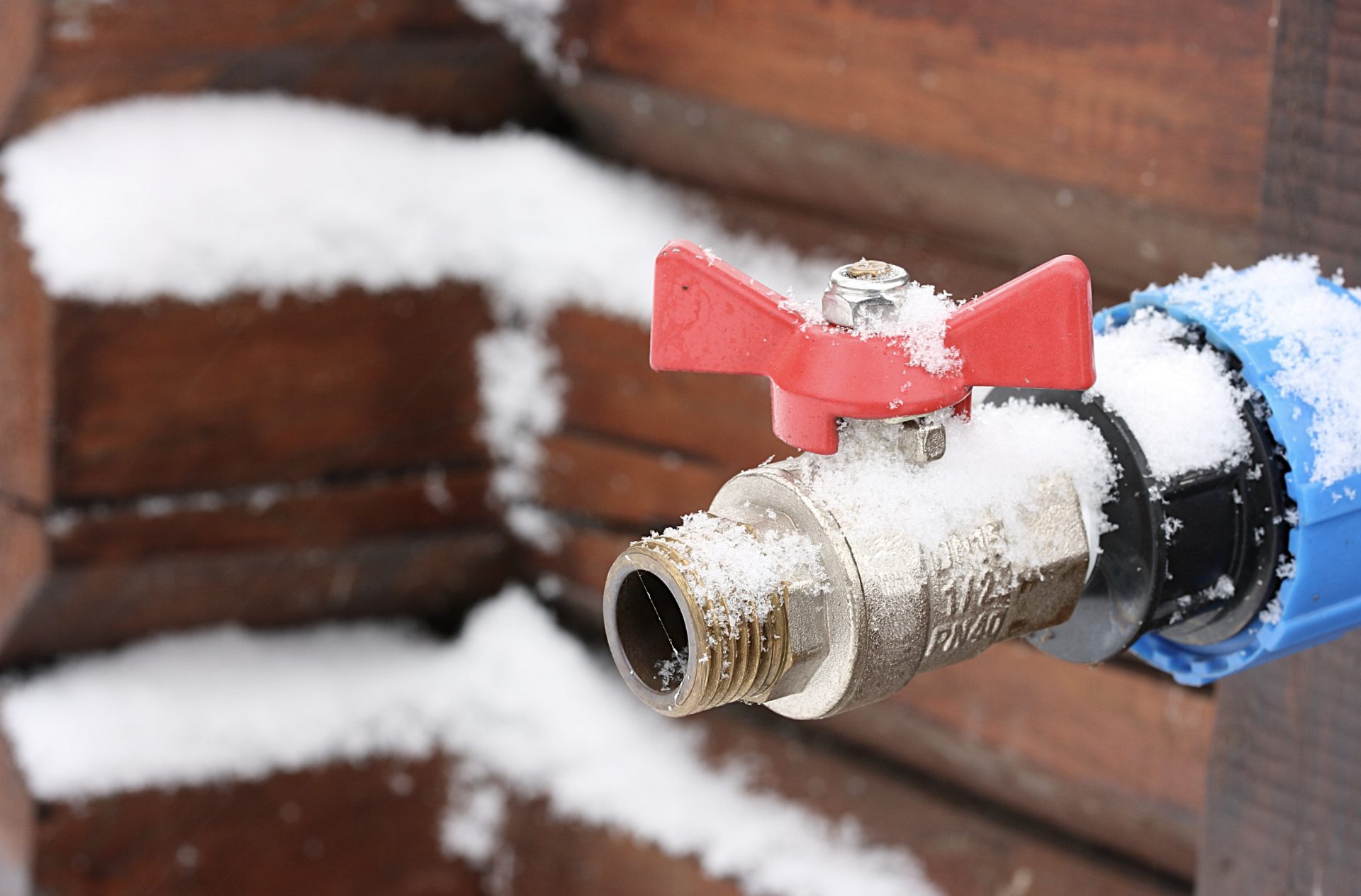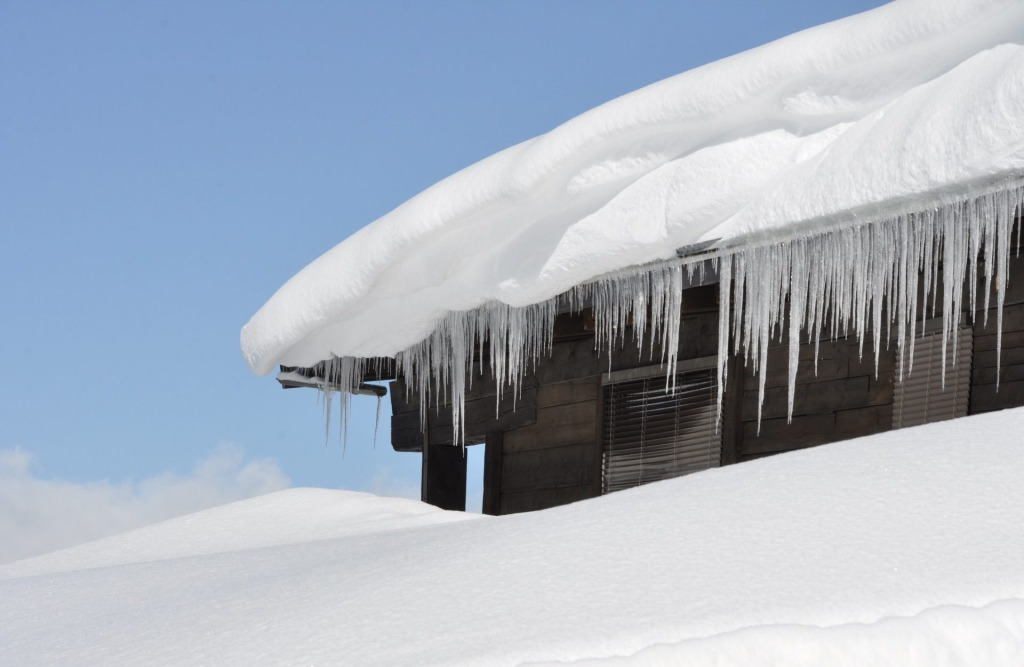Winter is a beautiful season, with its crisp air and snow-covered landscapes. However, it also brings along cold temperatures, freezing winds, and potential hazards for homeowners. To ensure that your home remains comfortable and safe throughout the winter, it is crucial to take the necessary steps in preparing for the cold season. In this article, I will provide you with essential winter tips for homeowners, guiding you through the process of preparing your home for winter. From winter home maintenance to energy-saving tips, we will cover everything you need to know to make your home winter-ready.
The Importance of Preparing Your Home for Winter
Preparing your home for winter is not just about comfort, it is also about safety and protection. Cold temperatures can lead to a range of issues, such as frozen pipes, ice dams, and roof damage. By taking proactive measures, you can avoid costly repairs and ensure the well-being of your home and family. Additionally, preparing your home for winter can help you save on energy bills and reduce your carbon footprint. So, let’s dive into the winter home maintenance checklist and ensure that your home is ready to withstand the cold season.

Winter Home Maintenance Checklist
Before the cold weather sets in, it is essential to go through a winter home maintenance checklist to identify and address any potential issues. Start by inspecting your home’s exterior, including the roof, gutters, and windows. Look for any cracks, leaks, or loose shingles that could lead to water damage or heat loss. Seal any gaps and repair any damages to ensure that your home remains well-insulated. Next, focus on your heating system. Clean or replace the filters, check the thermostat, and consider scheduling a professional inspection to ensure that your heating system is in optimal condition. Finally, don’t forget about your fireplace and chimney. Clean out any debris, inspect the flue, and make sure that your fireplace is safe to use.
Insulating Your Home for Winter
Proper insulation is key to keeping your home warm and cozy during the winter months. Begin by checking the insulation in your attic and walls. Insulation helps prevent heat from escaping and can significantly reduce your energy consumption. If your insulation is inadequate or damaged, consider adding or replacing it. Additionally, pay attention to drafty areas in your home, such as windows and doors. Use weatherstripping or caulk to seal any gaps and prevent cold air from entering. Lastly, consider using heavy curtains or thermal blinds to further insulate your windows and keep the cold air out.

Winterizing Your Plumbing System
Frozen pipes can be a homeowner’s worst nightmare during winter. To prevent this from happening, it is crucial to winterize your plumbing system. Start by disconnecting and draining any outdoor hoses, faucets, and sprinkler systems. Shut off the water supply to these outdoor areas and ensure that all excess water is drained. Inside your home, insulate exposed pipes in unheated areas such as basements, crawl spaces, and attics. This can be done using foam pipe insulation or heating tape. Additionally, keep your home consistently heated, even when you are away, to prevent pipes from freezing. If you are planning an extended vacation during the winter, consider shutting off the main water supply and draining the pipes to avoid any potential disasters.
Tips for Preventing Ice Dams
Ice dams can cause significant damage to your roof and gutters if not addressed promptly. These ice formations occur when snow melts on the warmer parts of your roof and refreezes at the colder edges, creating a dam. The trapped water can then seep into your roof, causing leaks and water damage. To prevent ice dams, ensure that your attic is well-insulated and properly ventilated. This helps maintain a consistent temperature on your roof, preventing snow from melting and refreezing. Additionally, remove any snow accumulation from your roof using a roof rake or a long-handled broom. Do this carefully to avoid damaging your roof or gutters. If ice dams persist, consider consulting a professional to assess and address the underlying issues.

Protecting Your Roof from Snow and Ice
Your roof is your home’s first line of defense against the elements, so it is essential to protect it during the winter. Start by inspecting your roof for any loose or damaged shingles. Replace any missing shingles and repair any damages to ensure that your roof remains intact. Additionally, remove any debris, such as leaves or branches, that may accumulate on your roof. This prevents water from pooling and causing leaks. Consider installing roof heating cables to melt any ice or snow buildup. These cables are particularly useful in preventing ice dams and reducing the risk of roof damage. Finally, make sure that your gutters are clean and clear of any obstructions. This allows melted snow and ice to flow freely, preventing ice dam formation.
Preparing Your Garden and Outdoor Areas for Winter
While your garden and outdoor areas may not require much attention during winter, there are still a few steps you can take to ensure their well-being. Start by trimming any overhanging tree branches that could pose a risk of falling due to heavy snow or ice. Clear out any fallen leaves or debris from your garden beds to prevent mold and rot. Consider covering delicate plants with burlap or frost blankets to protect them from freezing temperatures. Lastly, drain and store any outdoor hoses and irrigation systems to prevent freezing and potential damage.
Energy-Saving Tips for Winter
Winter often means higher energy bills, but there are ways to reduce your consumption and save money. Consider installing a programmable thermostat that allows you to set different temperatures for different times of the day. Lower the temperature when you are away or asleep, and raise it when you are home and awake. This simple adjustment can result in significant energy savings. Additionally, make sure that your home is properly insulated, as mentioned earlier. Insulation helps retain heat, reducing the need for constant heating. Take advantage of natural sunlight by keeping your curtains open during the day to allow the sun’s warmth to enter your home. Finally, consider using draft stoppers or door snakes to prevent cold air from entering your home through gaps under doors.
Fire Safety During the Cold Season
As temperatures drop, many homeowners turn to alternative sources of heat, such as fireplaces and space heaters. While these can provide warmth, they also pose fire hazards if not used safely. Ensure that your fireplace and chimney are clean and in good working condition before using them. Use a fireplace screen to prevent sparks from flying into the room and keep flammable materials away from the heat source. If you are using a space heater, keep it at least three feet away from any combustible materials and never leave it unattended. Always follow the manufacturer’s instructions and never use extension cords with space heaters. Additionally, make sure that your smoke detectors and carbon monoxide detectors are in working order.
Preparing your home for winter is a crucial step in ensuring the comfort, safety, and well-being of your household. By following the essential winter tips for homeowners outlined in this article, you can protect your home from potential hazards and save on energy bills. Remember to inspect and maintain your home’s exterior, insulate your home properly, winterize your plumbing system, and protect your roof from snow and ice. Additionally, take the necessary steps to prepare your garden and outdoor areas for winter and practice fire safety during the cold season. By taking these measures, you can enjoy a cozy and worry-free winter in the comfort of your own home.
